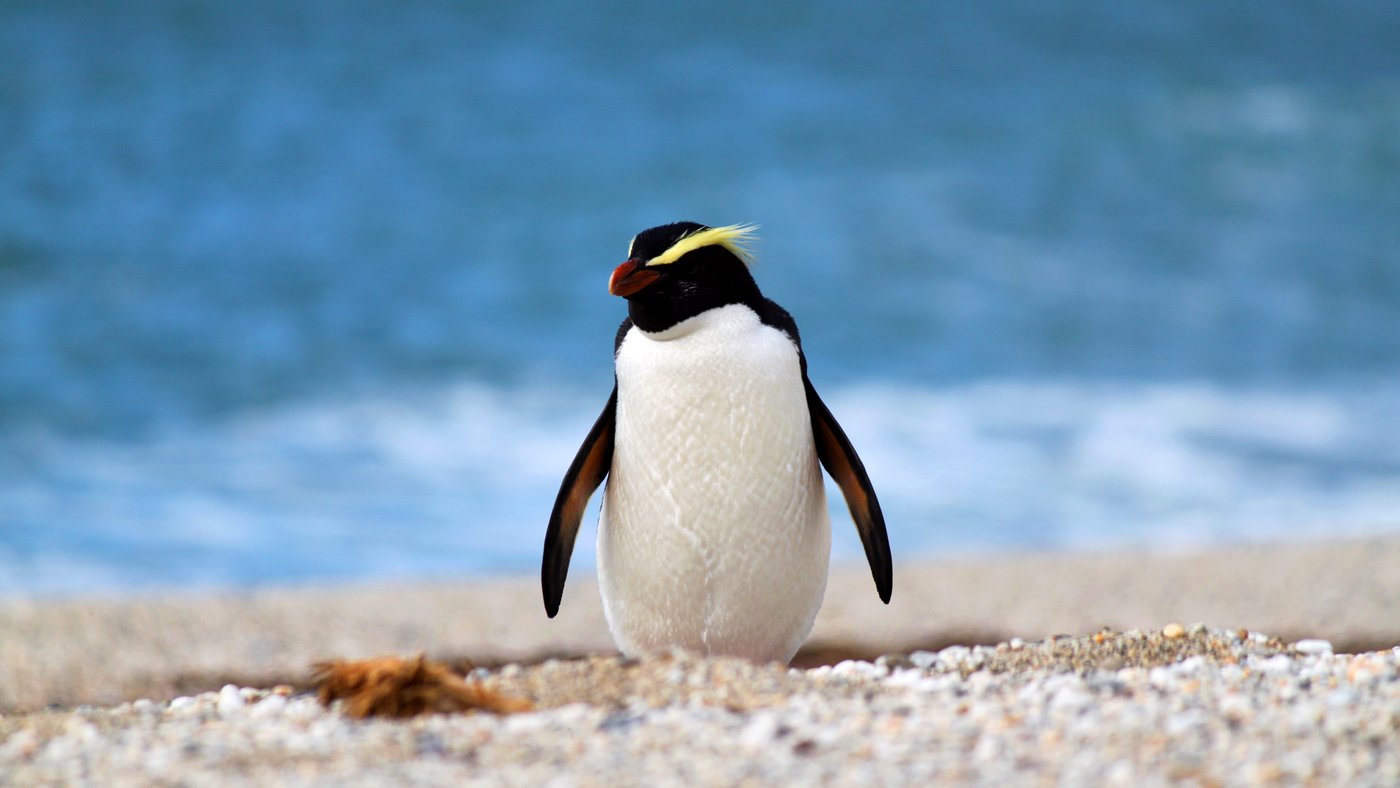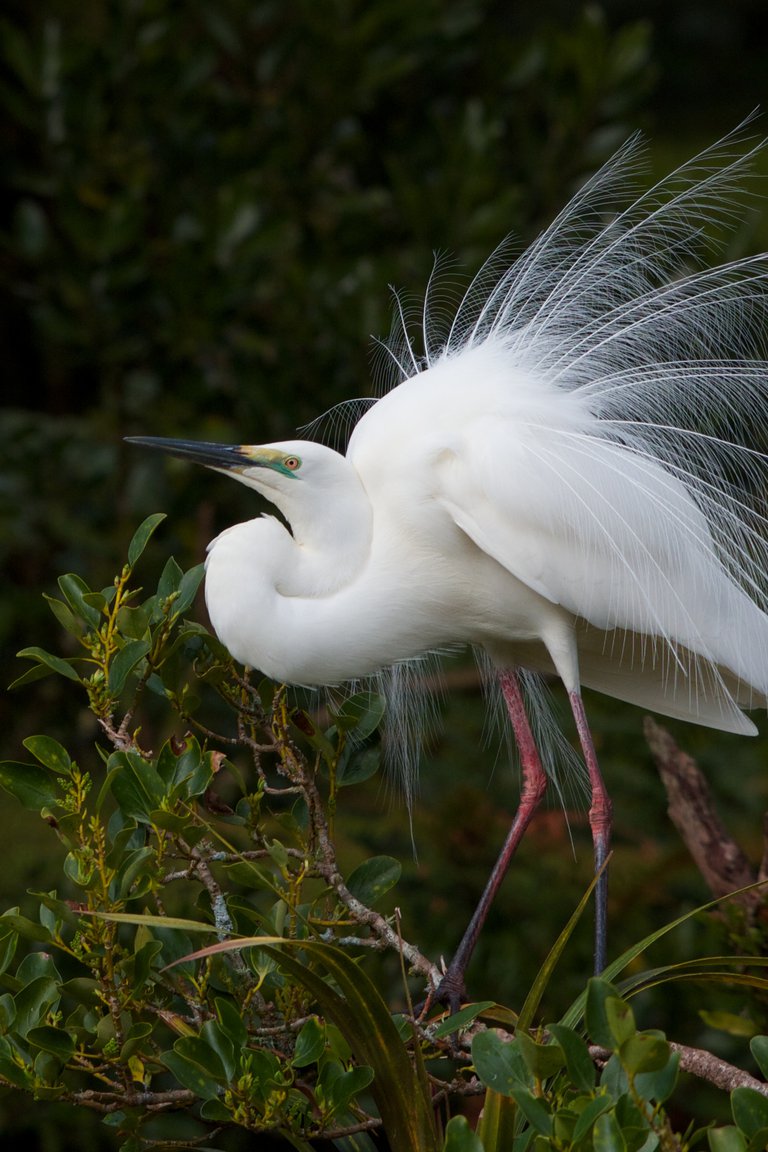
West Coast wildlife to watch
Where to go for a West Coast wildlife watch
Where nature is concerned there are never any guarantees, of course, but the West Coast’s wild expanses offer a multitude of exceptional wildlife spotting opportunities.
If you know where to go, you won’t have to wander far off the beaten track to find fascinating and rare wildlife at rest and play. We’ve zoomed in on four special places where you can stay right beside or very close to a wildlife hot spot.
Travel tip: Consult the locals. They know where to find the wild things and can guide you there for the best opportunity and safest way to see something special.


The Old Slaughterhouse Lodge, Hector
The short bush walk up to the lodge rewards with amazing views featuring a 100-km sweep of wild coastline.
Hector’s dolphins — Old Slaughterhouse, Hector
Whenever you’re beside the Tasman Sea, keep an eye out for diminutive Hector’s dolphins bobbing in the surf. The world’s smallest dolphin is endemic to the West Coast and our long wild coastline is the best place to spot these little fellows.
Near a small beach settlement named Hector (just like the dolphins), off-grid and off-road, lies one of West Coast’s coolest eco accommodations. This 12-bed, self-catering, shared-facilities lodge comes with amazing views at very affordable rates.
Things are a bit different at the Old Slaughterhouse. To start with, you can’t just pull up at the front door (25 min north of Westport on SH 6) because, from the parking area, there’s a 10 minute uphill track before you arrive. No question though that it’s well worth the short bush walk as, at 100 m above the Tasman Sea and with 100 km of coastline in view, the lodge sits in prime position for both relaxing or active stays. It’s also well placed for dolphin viewing, especially in summer.
Hand crafted from recycled timber and other materials, the lodge runs on hydro power and spring water. Choose from double, twin or triple rooms, a cabin for two and camp sites. The bedrooms and communal areas have wide covered verandahs perfect for daytime wildlife watching or relaxing during the sunset magic hour.
And, Hector? Sir James Hector was a 19th century scientist and naturalist, curator of New Zealand’s national museum (now known as Te Papa) and the first scientist to study the little dolphin species.


Tawaki / Fiordland crested penguin
Tawaki — third rarest of the world's penguin species— breed in the coastal rainforest sanctuary near Wildernesss Lodge Lake Moeraki.
Tawaki / Fiordland crested penguins — Wilderness Lodge Lake Moeraki
Rarely seen but unmissable when spotted thanks to an impressive eyebrow set, the tawaki or Fiordland crested penguin is only found on the South Island’s remote, largely inaccessible southwest coast. It’s the third rarest of the world's 18 penguin species.
The largest known population of these rare sea birds returns annually to breed in the coastal rainforests near Lake Moeraki, south of the twin glaciers. So, if you’re a penguin fan (who isn’t?) and keen to observe them in the wild, the penguin sanctuary around Wilderness Lodge Lake Moeraki is the best place to be.
New Zealand’s foremost eco lodge offers exclusive wilderness experiences. During the breeding season (September to December), noted conservationist and lodge founder Dr Gerry McSweeney leads daily small group tours to view the penguins at a secret nesting site. It’s a rare privilege observing the penguins coming and going from the sea in the wildlife refuge that he and his team campaigned to establish 30 years ago.
Stay two or three nights for an immersive wildlife adventure. Tucked inside the UNESCO World Heritage Area of Te Wahipounamu, Wilderness Lodge is a unique destination dedicated to sharing the owners’ passion for conservation and the environment. The surrounding lake, river, rainforest and beaches are a haven for many fascinating wildlife species — from penguins to Hector’s dolphins, NZ fur seals and occasional larger marine mammals, prolific forest and marine birdlife.


Rowi / Ōkārito brown kiwi chick
Ōkārito brown kiwi are hatched and reared at West Coast Wilderness Centre before release into Ōkārito forest kiwi sanctuary.
Rowi / Ōkārito brown kiwi — The Ōkārito School House
Wildlife rich Ōkārito is a tiny settlement, north of the twin glaciers and tucked between an idyllic coastal lagoon, the thundering Tasman Sea and a magnificent Southern Alps backdrop. Here, humans are few but wildlife is prolific — an incredible 76 bird species frequent the lagoon, including the rarest of the five kiwi species.
Heard but rarely seen, the Ōkārito forest has the only known wild population of rowi or Ōkārito brown kiwi — estimated at no more than 600. The forest is not readily accessible but there’s a good chance of finding some on an evening nature tour with resident kiwi spotter Ian Cooper of Ōkārito Kiwi Tours — the only guided kiwi tour in the South Island.
The village is small — a handful of houses, a cafe and the historic wharf — so accommodation is sparse, a few holiday rentals and the historic little yellow Ōkārito School House. Closed in 1946, the community and DOC (Department of Conservation) worked together in 1990 to renovate the 1901 building before it re-emerged as a DOC-managed historic asset.
The 2-room school house has 12 single bunks, heating, cooking and toilet facilities. It’s right in the centre of Ōkārito, providing an opportunity to sample the history and culture of a small New Zealand settlement, and handy to the lagoon, beach and walking tracks. Bookings via the DOC website.


Kekeno / NZ fur seal
Kekeno / NZ fur seals thrive and are often seen the wild beaches along the West Coast.
Kekeno / NZ fur seals — The Bay House
Cute but definitely not cuddly, the New Zealand fur seal has a pointy nose and a luscious grey brown silky coat to counter ocean chills. In the past when seal skin was used for gentlemen’s hats, hunters almost decimated the species. Thankfully seal hunting was eventually outlawed and the seal population is now booming.
The Cape Foulwind Walkway — just south of Westport between Carter’s Beach and Tauranga Bay — is a superb location for viewing kekeno. The well formed track along the exposed promontory leads to excellent viewpoints over the large seal colony. Breeding is in full swing during November to February and, for a cuteness overload, it’s hard to beat watching the young seals playing in in their nursery pools.
Just along the beach at Tauranga Bay, The Bay House is a ‘child-free’ beachfront stay offering ‘barefoot luxury’ on a superb just metres from the sand and the water. The former surf club and café was converted four years ago into four stylish guest units — two beachfront studios and two one-bedroom garden suites, all with commanding views of the famous Tauranga Bay surf break.
Near the Tauranga Bay lighthouse and the iconic ‘Steeples’ rock formation, family-friendly Steeples Cottage occupies beautiful gardens in a cliff top property with unobstructed ocean views. The self-contained cottage sleeps four and there’s an extra ‘garden studio’ if required for family overflow. Hospitable hosts Wendy and Wayne get rave reviews from their guests.


White Heron Sanctuary tours
White Heron Sanctuary Tours offers tours to New Zealand’s only White Heron nesting site.
Kōtuku / white heron — Rainforest Retreat, Franz Josef
There is only one place in New Zealand – on the banks of the Waitangiroto River, at Whataroa – to witness the springtime mating antics of the rare kōtuku/white heron, a bird considered sacred by Māori.
There are only 150 of these elegant birds left in New Zealand and the Waitangiroto Nature Reserve is their only breeding ground. During the September to March nesting season, the herons put on spectacular displays with their long, lacy white plumage. Each pair produces up to three eggs per season, and the parents take turn-about on their rough nest.
White Heron Sanctuary Tours, a fifth generation family business based in Whataroa, has 30 years' guiding experience and is the only DOC-approved tour operating in the reserve which is also home to the royal spoonbill and a variety of other water and forest birds.
Franz Josef – just 20 minutes away – boasts two lovely nature retreats both set inside a rainforest. The Rainforest Retreat has accommodation ranging from motorhome sites to deluxe ‘tree houses’ with private spa pools, while Te Waonui Forest Retreat is a 5-star eco resort and luxury spa.
Operators

$160
The Old Slaughterhouse Traveller's Lodge
Unique self-catering lodge located on a hillside 100m above the Tasman Sea, 25 min. north of Westport. Surrounded by native bush, simply sit back and relax, take in stunning views of the Tasman Sea, observe Hector dolphins and enjoy stunning sunsets.
Learn more
820
Wilderness Lodge Lake Moeraki
Enjoy stylish accommodation and fine dining in a breathtaking wilderness setting. Join naturalist guides to explore ancient rainforest, kayak lakes and rivers, walk wild beaches, see penguins & other wildlife.
Learn more
75
Okarito Kiwi Tours
Okarito Kiwi Tours is the only tourism venture in the South Island that guides you, in low numbers, deep into kiwi habitat. 95% Sighting Success.
Learn more
155
Steeples Cottage, Studio BB
Private, comfortable, cliff top accommodation, overlooking Gibsons Beach, and the iconic "Steeples" rock formation. Perfect destination for an adventure with nature, or just relax with magnificent sea views, tranquil sunsets and beautiful gardens.
Learn more
480
The Bay House Beachfront Accommodation
Overlooking the popular surf break at Tauranga Bay in the West Coast area of Cape Foulwind, The Bay House Beachfront Accommodation is a unique coastal retreat giving all who come here a sense of escape to somewhere close to Paradise.
Learn more



